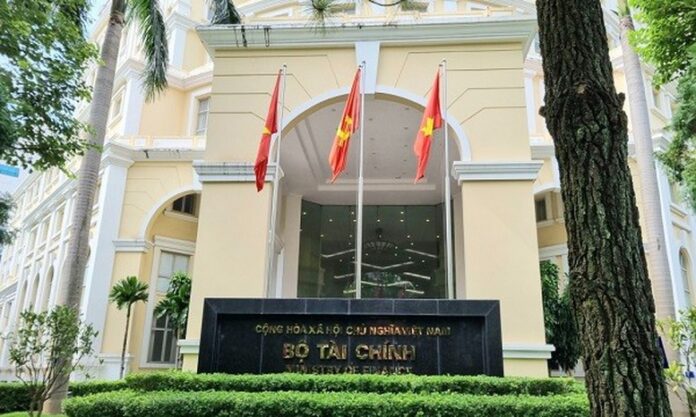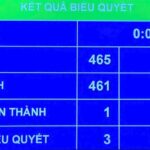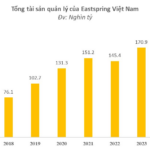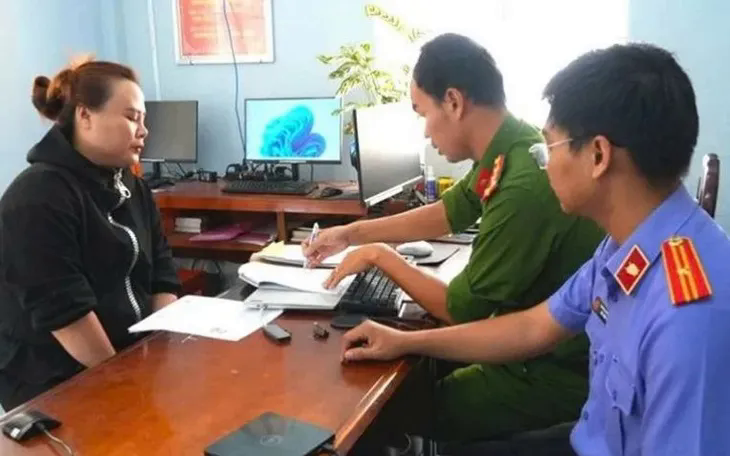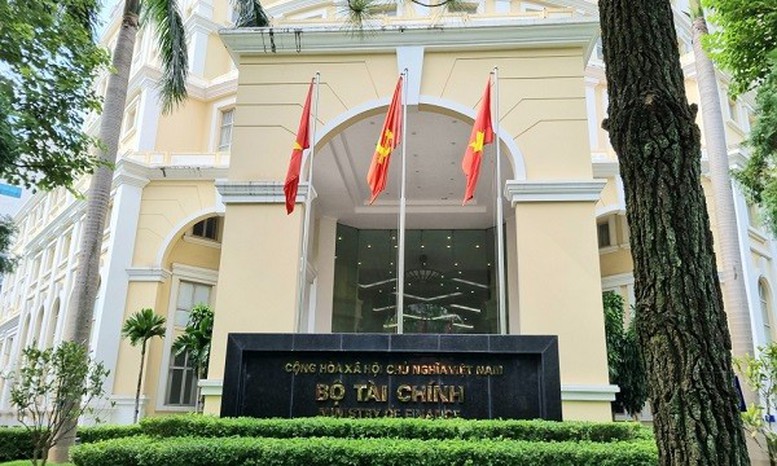
The Ministry of Finance provides clear guidance on handling public assets after administrative unit reorganization.
Many localities are slow to act and unsure about handling public assets.
Following the Prime Minister’s Official Dispatch 80/CD-TTg dated June 1, 2025, and the requirements of the Central Internal Affairs Committee, the Ministry of Finance has led inter-ministerial working groups to work with localities to review and guide the handling of public assets after administrative unit reorganization.
However, according to reports from localities, while some have developed plans and started handling redundant assets, many others have been slow to act. Specifically, some provinces and cities have not developed detailed plans, lacked determination in organization and implementation, or lacked coordination between local and central agencies based in the locality.
The Ministry of Finance identified the main reasons for these delays as a lack of guidance from ministries and sectors, inadequate local leadership in some cases, and a lack of coordination between levels and sectors. As a result, public assets have been left unused in many places.
Notably, the coordination between localities and central agencies in asset allocation has been limited, affecting the process of handing over, receiving, and utilizing public assets. In response, the Ministry of Finance issued Document 8380/BTC-QLCS on June 13, 2025, providing additional specific guidance on handling and arranging public assets.
Complete the handover by June 30 and decisively handle redundant assets.
According to the Ministry of Finance’s guidance, district-level administrative agencies must complete the handover of public assets by June 30, 2025. This handover includes offices, assets, and related documents to ensure uninterrupted state management and prevent asset loss.
From July 1, 2025, the newly merged provincial People’s Committees will be fully responsible for managing and utilizing the handed-over assets. Especially, any real estate assigned to the local land development fund or the local housing business unit must be reported to the provincial People’s Committee to develop specific utilization plans and avoid waste due to vacancy.
In cases where the approved asset handling plan needs adjustment due to changes in regulations or implementation, localities do not need to repeat the entire process of establishing, inspecting, and approving the plan. Instead, they should report to the competent authority for decision-making according to legal regulations.
Additionally, the conversion of public asset functions, such as converting office space into infrastructure, will follow the regulations in Article 13 of Decree No. 151/2017/ND-CP and related regulations on construction planning and land use.
New points to note
To improve the efficiency of asset management, the Ministry of Finance proposes that localities coordinate in the following ways:
First, fully disseminate the new regulations on standards and norms for the use of public assets and the authority to manage public assets issued by the Government and the Prime Minister.
Second, closely coordinate with ministries and central agencies with public assets in the locality when developing plans for arranging and handling assets to ensure economy and efficiency. In cases where headquarters need to be exchanged to suit the new management model, they can be temporarily handed over and put into use immediately, with the completion of the transfer procedure within 30 days from the date of handover.
Third, fully receive the houses and land handed over by the ministries and central agencies to ensure proper preservation and utilization according to regulations.
Fourth, promptly report any difficulties and propose solutions to the Ministry of Finance or competent authorities to avoid prolonging and causing waste.
The Congressional Guide to Overhauling the Machinery of Government Post-Administrative Restructuring
The Standing Committee of the National Assembly has issued detailed guidelines on the organization and operation of the National Assembly delegation and the People’s Councils at all levels following the merger of provinces and the elimination of the district level, as well as the reorganization of communal-level administrative units.

